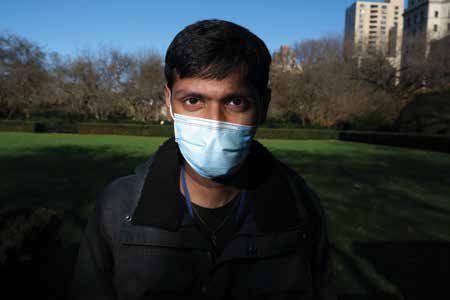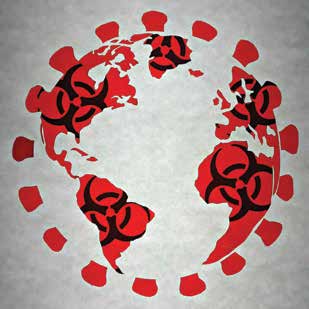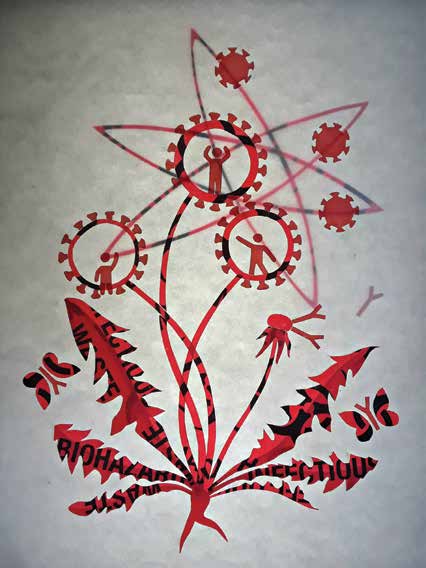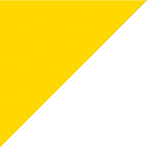Lab Tech’s Art Explores Pandemic Grief
January 19, 2021
Ansel Oommen makes collages to process COVID-19’s private and public grief.

The path eventually led him to the laboratory, but he never abandoned his artistic vocation. Though many see contrasts between the worlds of art and science, for Oommen they are inextricably related.
“I was always drawn to artists like Leonardo DaVinci, because he was an artist as well as a scientist,” he says.

“With my own art, I’m on a tightrope, balancing the worlds of art and science,” he adds.
More recently, Oommen has its effect on New York’s healthcare workers and their patients.
“At one point I had worked 20 nights in a row. I was processing samples from every, single NYPresbyterian campus,” he says.
“I didn’t need to watch the news because I was contributing to the news. I was one of the people seeing the patterns of COVID’s growth from inside the hospital.”
Oommen points out that lab work is far from the impersonal analysis it’s often made out to be.
“Something like 70% of all medical decisions and diagnoses are based on lab work,” he says. “And people don’t realize how much goes into lab work—it’s about [scientific] thinking and emotional intelligence. We are bonded with our patients.

Working the 20-night shift left Oommen grieving and fatigued. So, as he has done throughout his life, he turned to his art to process the intense feelings associated with his work and with being a New Yorker living through COVID. With so much time spent in the lab, he used the media at his fingertips— biohazard tape and stickers. Another benefit was that unlike paint, glue or fabric, the stickers are easy to manipulate and work with, so they provided a respite for his weary brain and body.
Sometimes you don’t have the energy to talk about your trauma,” he says.
The result is a series of collages exploring COVID’s psychic and physical devastation. The works have titles like “Pandemicon,” “Infectious,” and “The Creation of Distance” and were featured recently in The New York Times.
“Somewhere within suffering is a profound understanding of what it means to be mortal,” Oomman told The Times.

“With the potential second wave, the series might resume if things get worse,” he says. “I’m already preparing myself for that.”
played a vital role in translating the sciences for COVID patients and their families. Before starting his job at Mount Sinai, Oommen was a lab tech at NY-Presbyterian, where at the onset of the pandemic he was one of two COVID-specialized lab techs working overnights. He helped process samples from the entire NYPresbyterian system. From behind his microscope, Oommen watched the epidemic’s explosive growth and
1199 Magazine | November & December 2020

